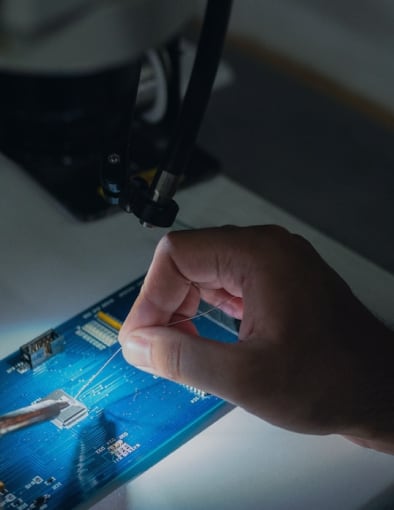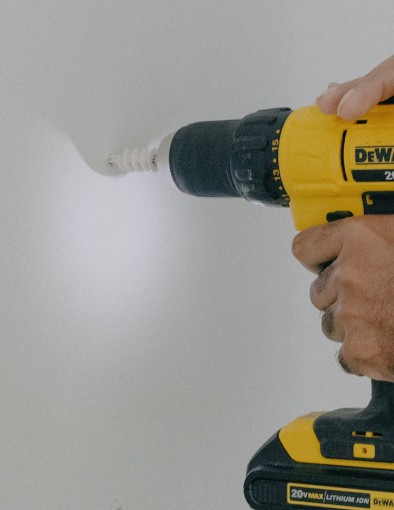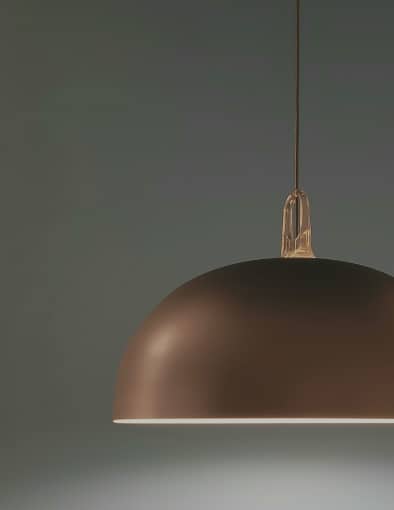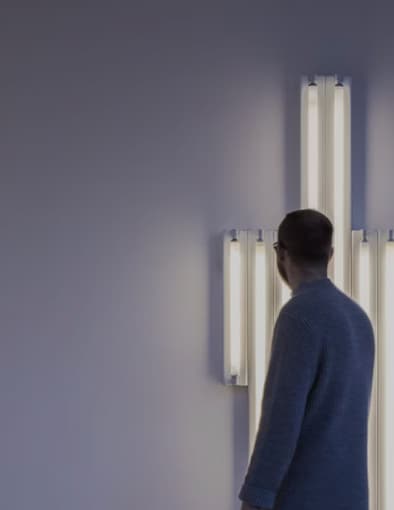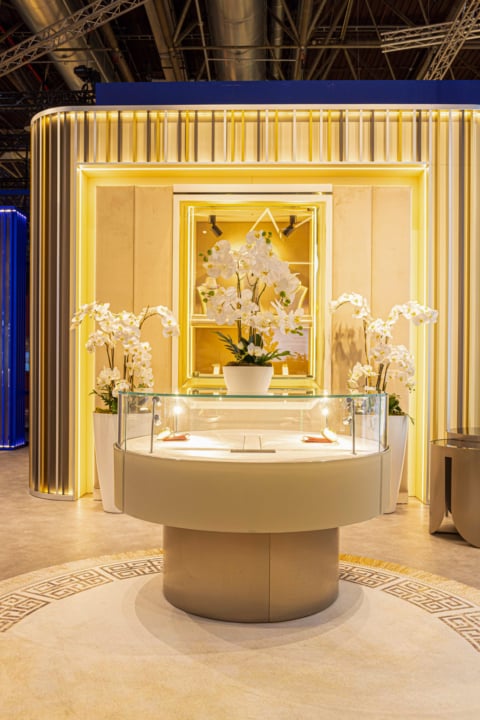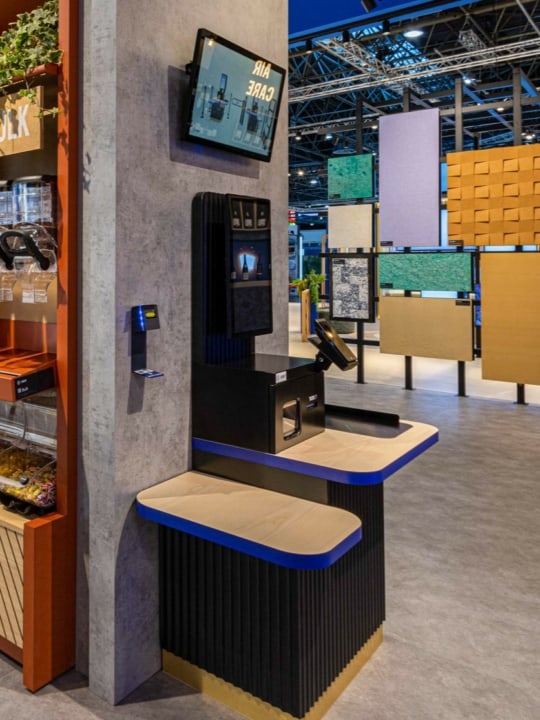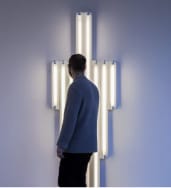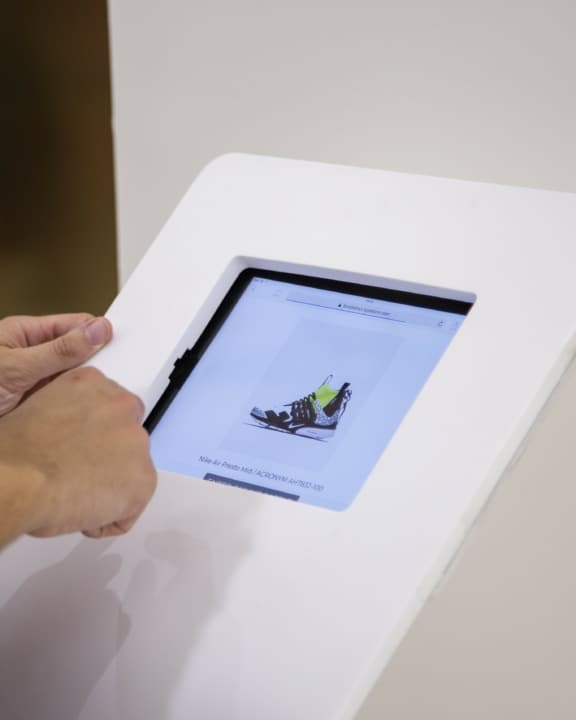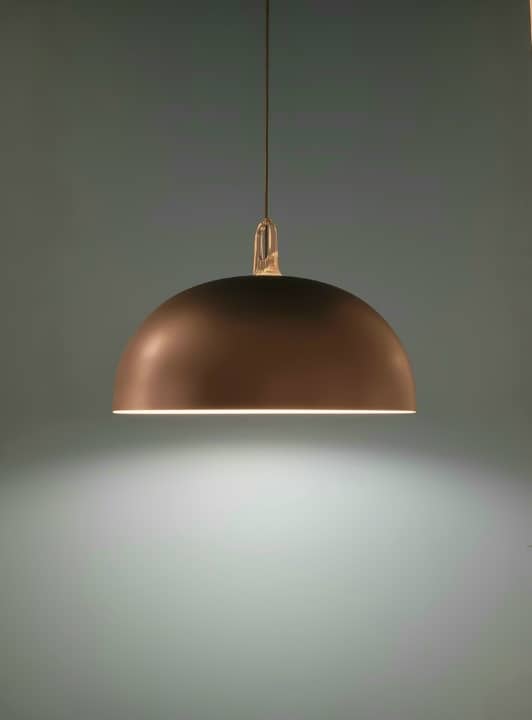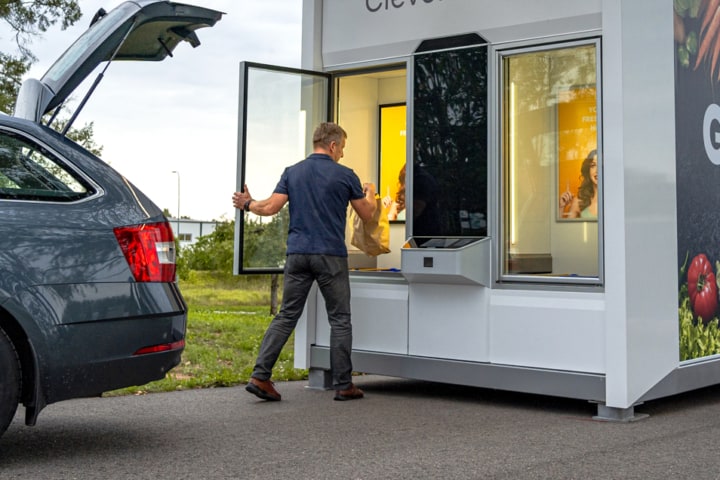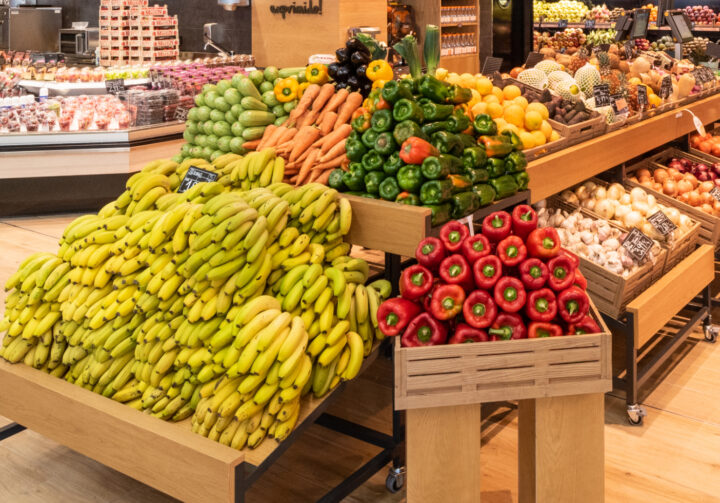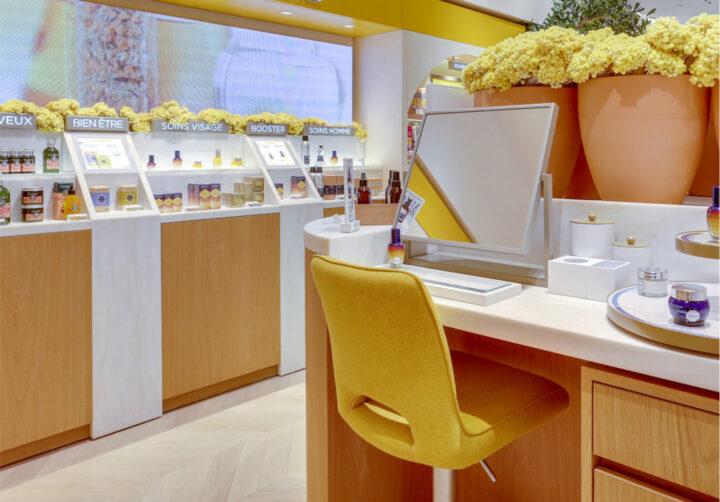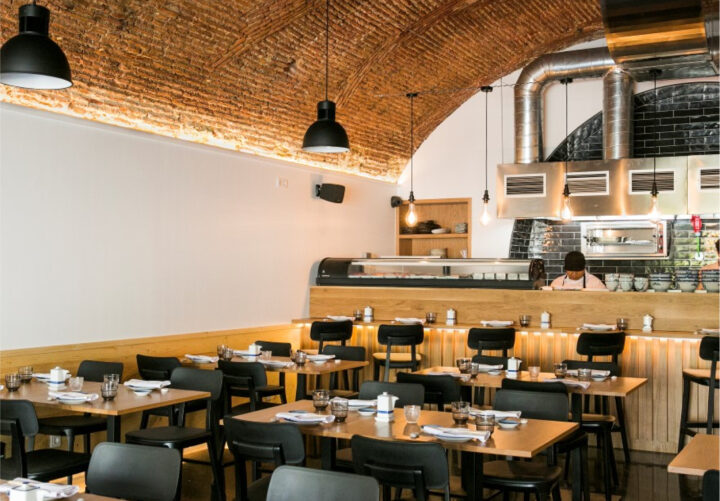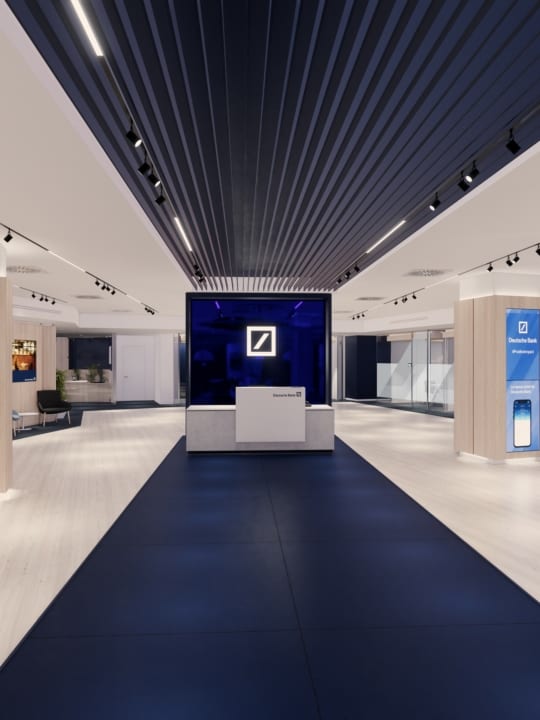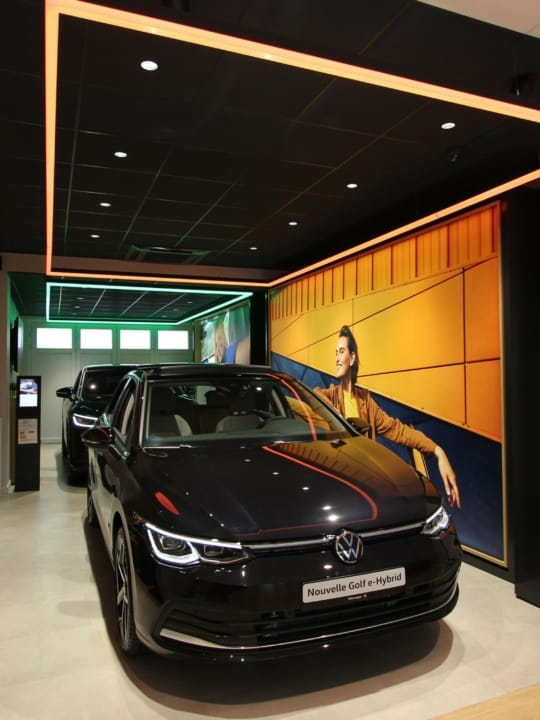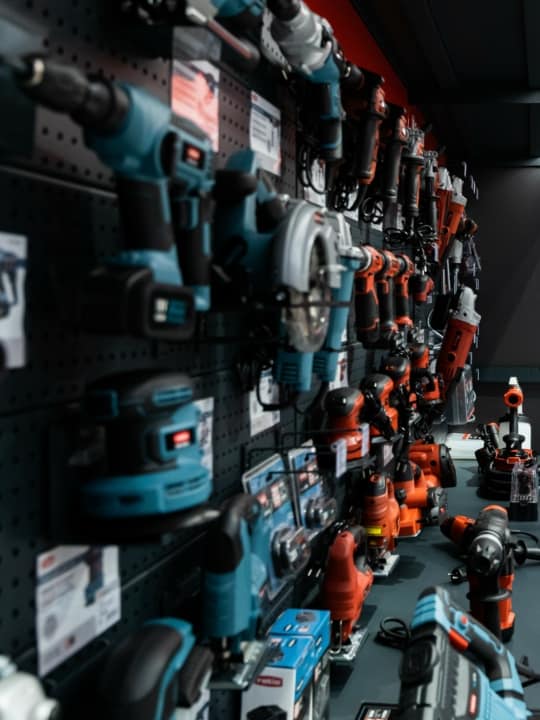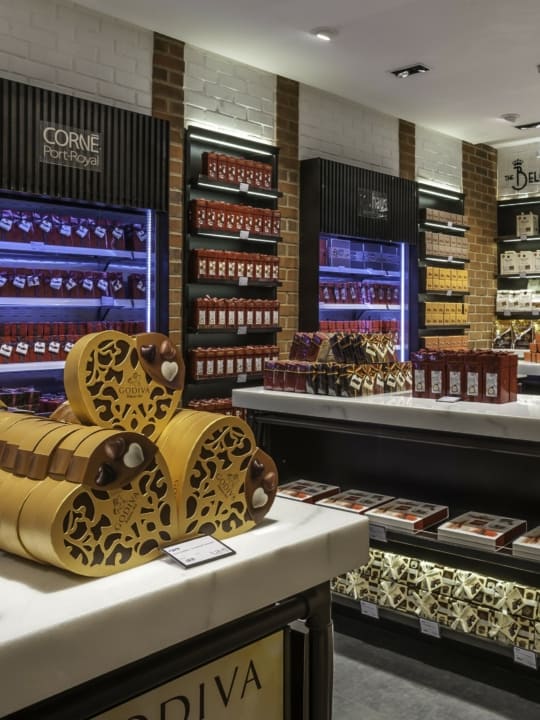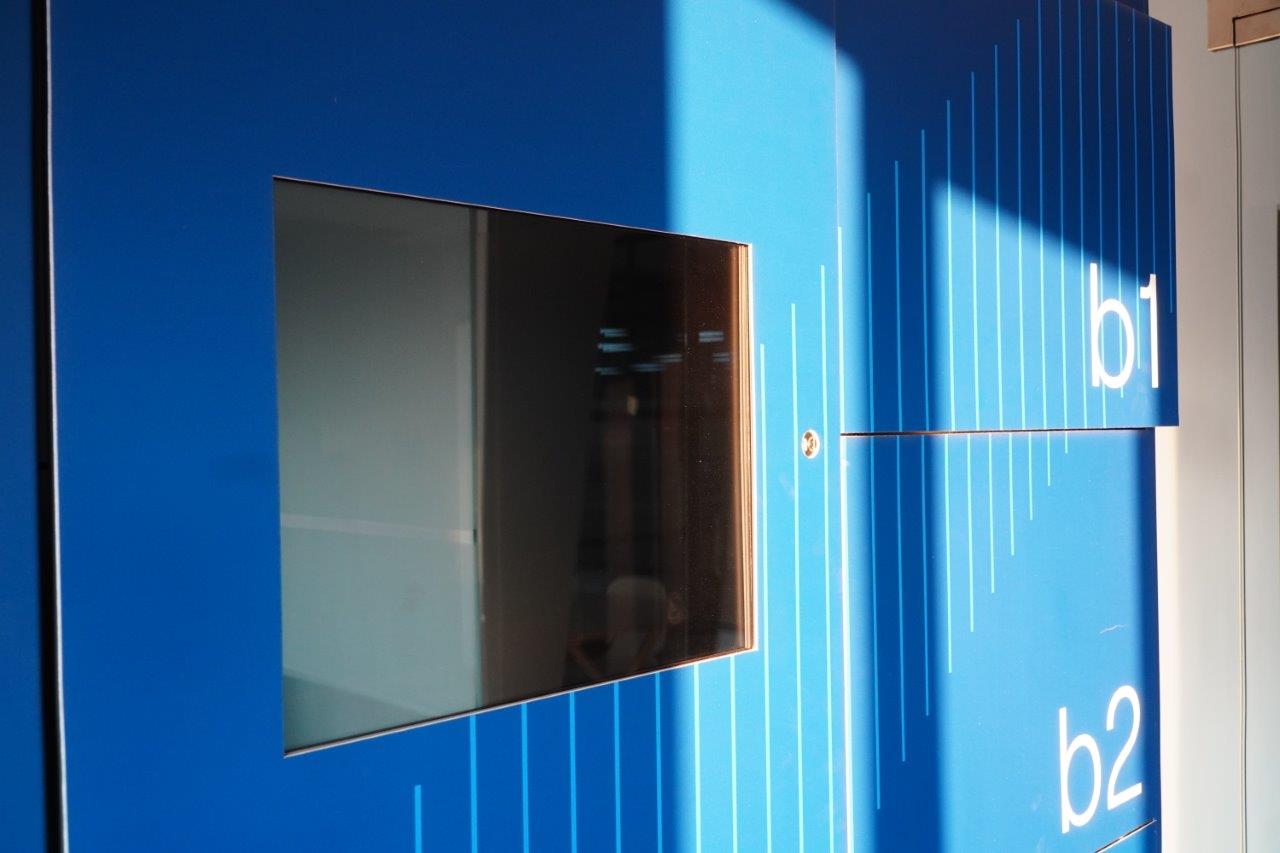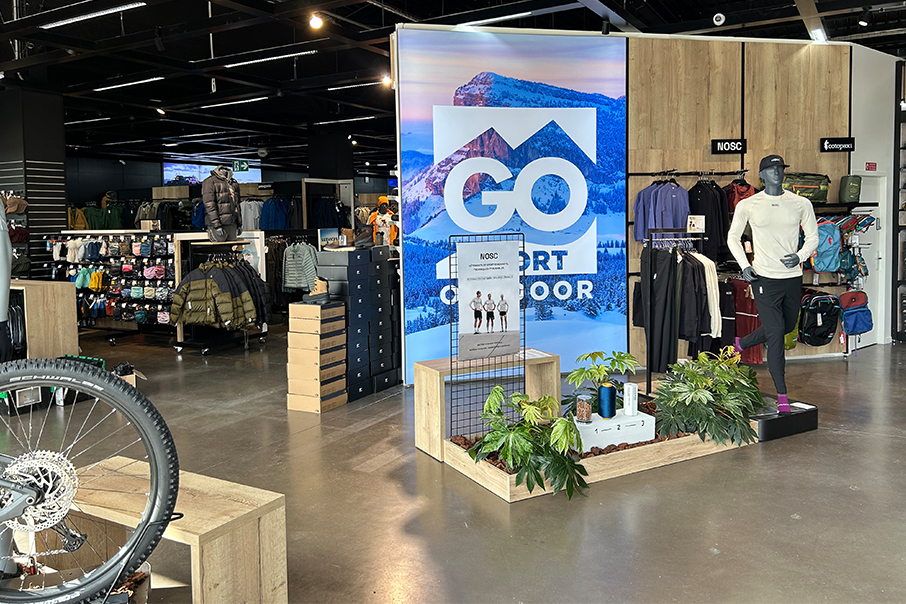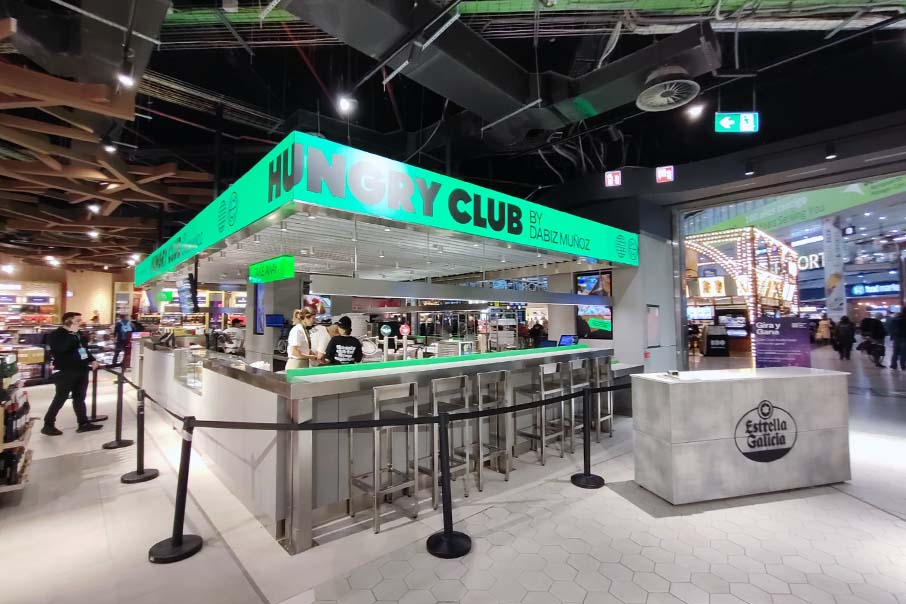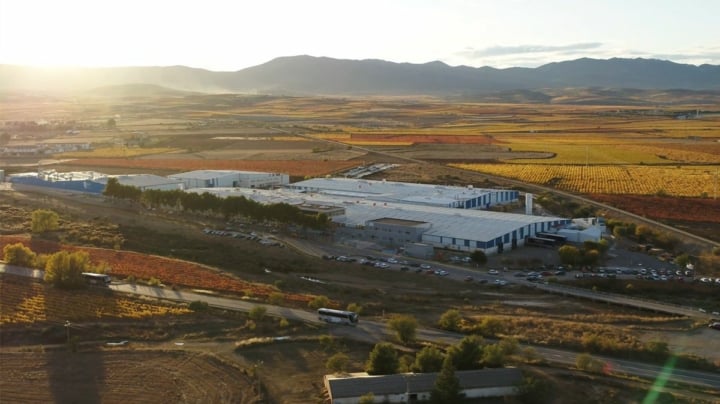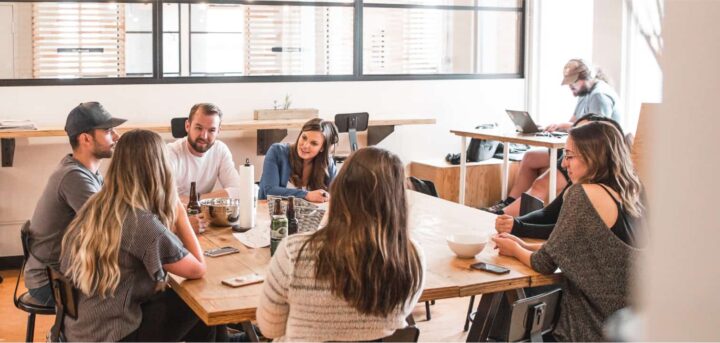- We give you 7 practical tips to enhance your rows and make them more attractive to consumers.
- From simple tips leveraging the modularity of the shelving units and ambience to high impact custom technologies with a high return on investment.
The consumer habits and the lifestyles of new generations have changed radically in the last decade. From the type of products purchased by each age group to the reasons for purchasing.
This, added to the boom in E-commerce and increased competition as a result of globalisation, has further demonstrated the need to rethink how we distribute products at points-of-sale.
To help the different sectors, we will give you 7 tips on how to make Retail shelving systems more attractive quickly and profitably.
1.Optimise zones by purchasing time and reason
Differentiating between bulk products and “pack” or thematic products in a row will attract different consumers.
An obvious example is the bulk product sections with legumes, pasta or nuts. This type of solution, which consists mainly of dispensers, contributes to food waste prevention and reduces the use of containers while creating a separate environment from packaged products.
2. Add a variety of materials to revitalise and enhance perceived row quality
There are many reasons why brands are regarded as being of high quality. One of them is the care and style with which they display their different products. Using a variety of materials in these displays can enhance the perceived quality of these products.
We can easily and inexpensively apply this example to our rows using end caps in the structural elements of our systems, which allow us to highlight the product displayed. A solution that allows us to attract consumers through a reinforced quality proposal.
Here are some examples of the varieties of materials:
- Wood: a sustainable and renewable resource that allows us to create differentiating spaces in wine, bakery or perfumery sections, among others.
- Porcelain: a solution that is warm to the touch, similar to natural stone; in addition to its resistance, durability and hardness, its lack of pores protects against bacteria.
- Metal: a fully recyclable and customisable material, ideal for developing elements that allow us to properly display products.
- Aluminium: resistant, hygienic, long-lasting and recyclable, ideal for use in bulk foods like fruit and vegetables, legumes and seeds.
- Biodegradable: aimed at reducing plastic and leveraging our customers’ resources to develop solutions that will help us care for our environments, such as price tag holders or shelves.
3. Integrate visual elements to make the product display more attractive and engaging

We can make the row more attractive for consumers using:
- Row end caps and accessoriesas attractions with thematic and promotional banners.
- Magnetic vinylsto easily adapt the shelves to the product being promoted. Very useful and easy to install, for example, “back to school” campaigns.
- Inexpensivemethacrylate display cases and other attractive elements to promote specific products in an original way, taking advantage of the modularity of the shelving units.
4. Give the consumer respite between one product and another
When the product displayed is very similar, we can give consumers visual respite by, once again, taking advantage of modular shelving systems to open a small space where we can include a lightbox or a product testing area.
When distributing aisles in a store, we must consider safety standards in order to prevent possible incidents, which will vary depending on the sector.
5. Combine technology and product placement for greater effectiveness
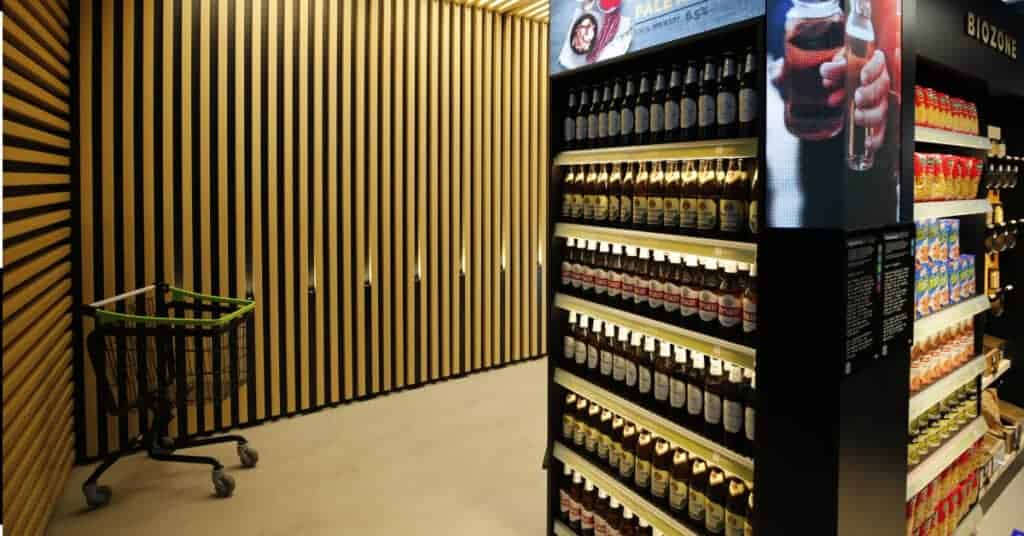
There are many retail technologies, but it is essential for point-of-sale technologies to be based on a business objective and not only seek a “wow effect”.
What is the purpose of applying technology to rows? Three examples:
- Digital signage in aisles, with promotions and directions to the products.
- Electronic price tag holders with pressure sensors.
- Technological shelving unit end caps that combine digital signage and product display.
6. Involve your staff to create new distribution ideas and detect points of improvement
Store staff have to deal with consumers’ questions and requests every day, so their feedback is without doubt highly valuable.
Involving them in brainstorming-type dynamics can give us ideas about how to distribute our product so it is more attractive to consumers.
7. Leverage lighting
Lighting is much more versatile and effective than we might imagine. Not only because an efficient installation can lower the electricity bill and reduce the environmental footprint, but also because a good lighting study can completely change the appearance of the point-of-sale, including the rows.
- Quality, well-distributed lighting evenly illuminates the products, avoiding shaded areas and high contrasts to prevent visual discomfort.
- We can integrate lighting in rows and shelving units, improving the visual placement of the products and even increasing their perceived quality.
We recommend different solutions that adapt to each sector to efficiently leverage rows in a way that is attractive to consumers, namely:
- Food: a sector in which conventional and robust shelving systems that are easy to assemble and have flexible height modulation prevail, but which are often under-utilised in accessories and visual communication.
- DIY, household items, machinery, workshops and hard discount: which come in a wide range of weights and sizes; their storage options combine systems with racks and accessories. Often not focused on maximising visual product display.
- Pharmacy and toy stores: sectors that seek the most standard possible shelving systems to optimise costs, but without relinquishing the possibility of personalising their final appearance using materials and colours.
- Wines: this section has wine varieties that are presented according to quality. Using rustic woods to differentiate them or sorting racks would be advantageous in this sector.
- Cosmetics: a sector where image is everything. Lighting and digital signage would play a vital role in cosmetics. Additionally, you can surprise customers with solutions based on materials such as Krion, which help to preserve the products.
If you are not only considering transforming the rows of your points-of-sale, we have prepared our 360-degree Shopfitting Guide, which you can download free here, in which we explain our outlook on Retail in the immediate future, inspiring success stories and the best way of approaching comprehensive shopfitting projects.

